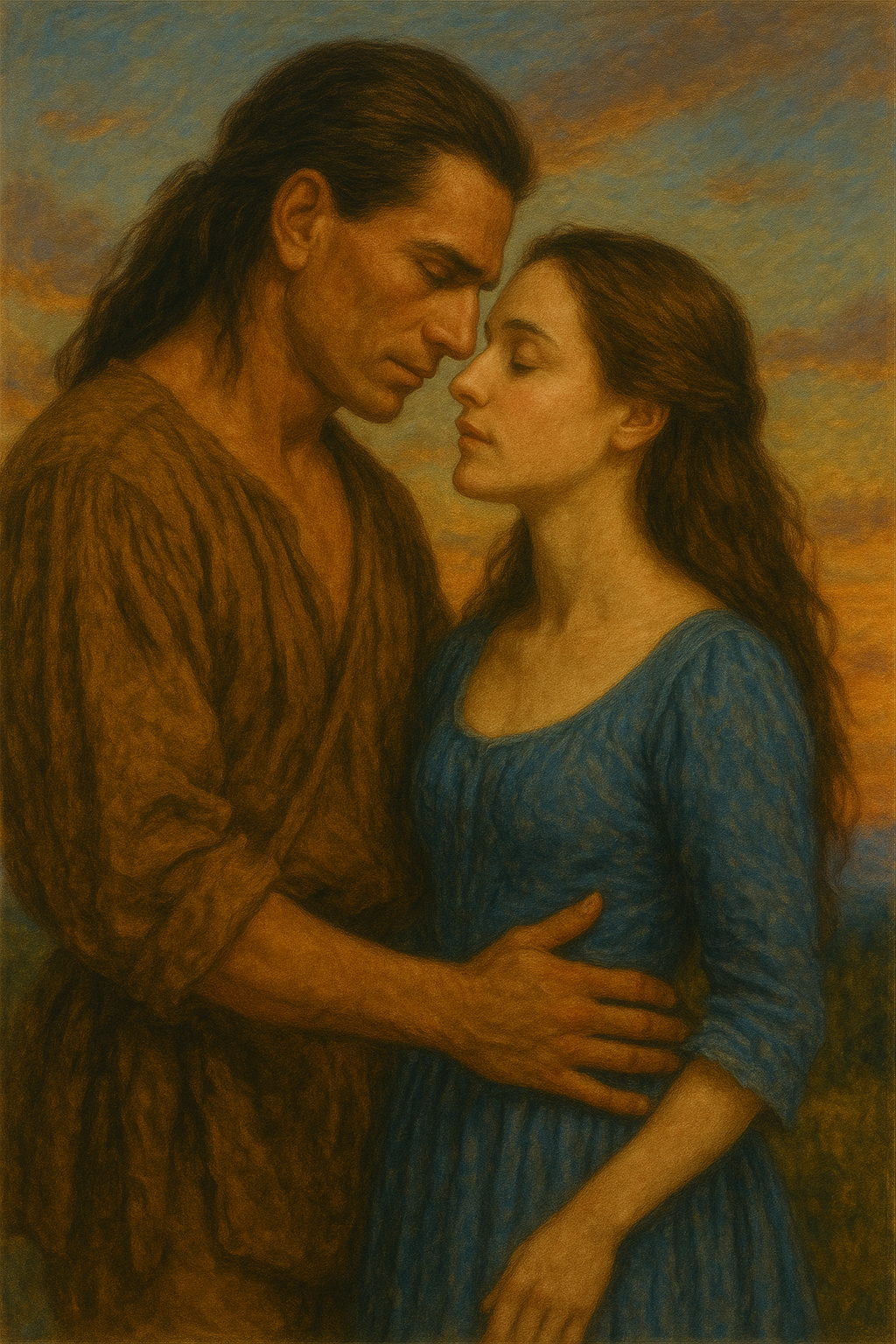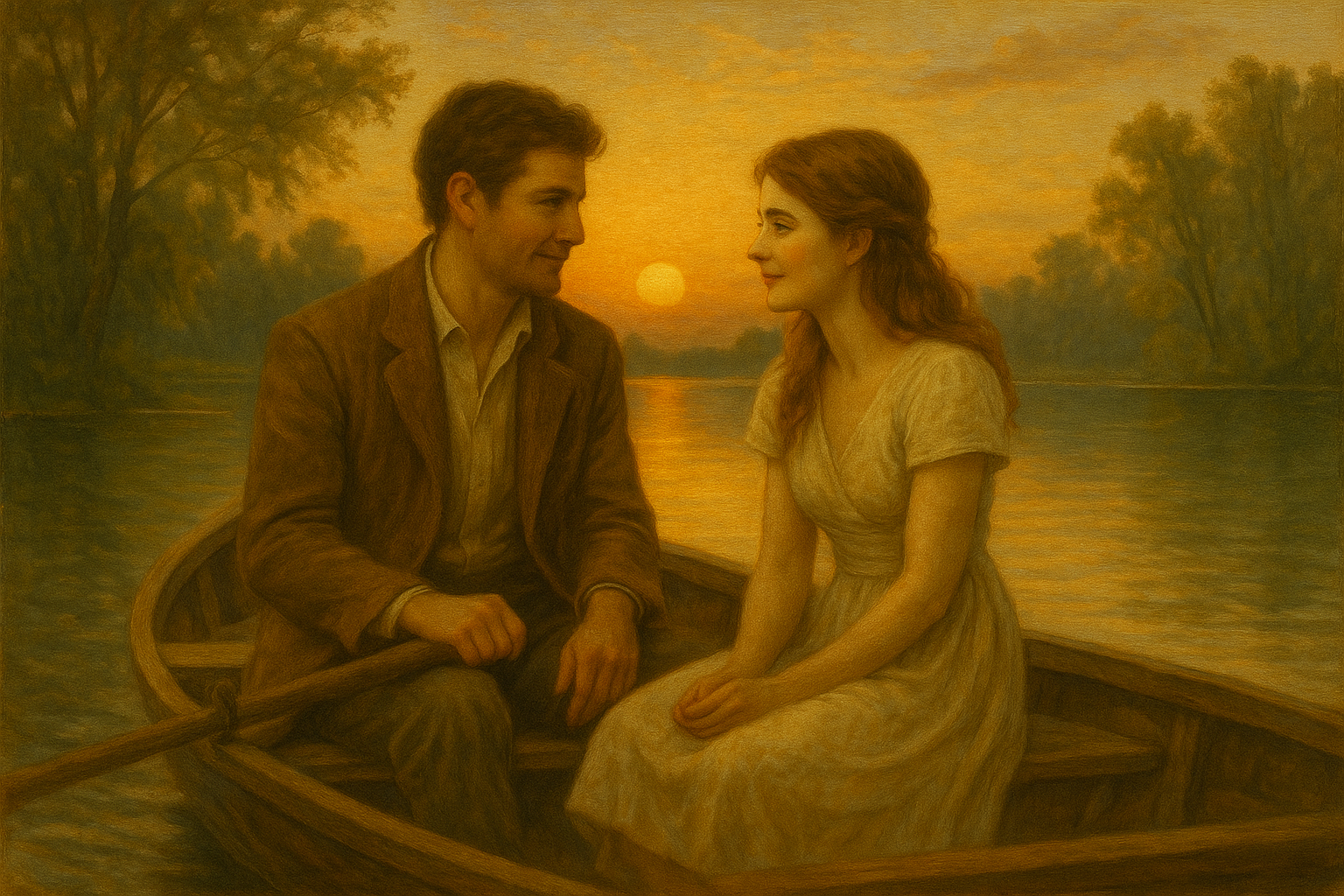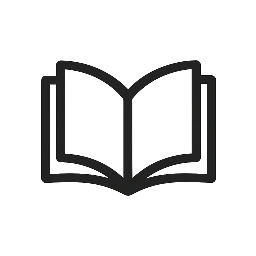Michael Mann’s 1992 film The Last of the Mohicans is remembered for its sweeping battles, breathtaking landscapes, and visceral depiction of survival during the French and Indian War. But beneath the musket fire and the bloodshed lies something far more enduring — a deeply human story of love, sacrifice, and connection. Despite its violence, the film’s emotional core beats with one of the strongest romance arcs ever put to screen.
Love as the Emotional Counterpoint to Violence
What makes The Last of the Mohicans remarkable is how it juxtaposes brutality with tenderness. The chaos of war surrounds the characters, yet love persists as an act of defiance. Hawkeye and Cora’s relationship isn’t born of comfort or safety; it blooms in the midst of danger. Their bond becomes a quiet rebellion against the violence consuming the world around them.
In this way, the film uses romance not to soften its harshness, but to heighten it. Every battle and every loss feels more tragic because love is at stake. Amid fire and fear, love becomes the reason to fight, to endure, and to hope.
A Love That Transcends Culture and Time
The film’s romance is also thematically rich because it transcends boundaries — cultural, social, and temporal. Hawkeye, a white man raised by the Mohicans, and Cora, the daughter of a British officer, represent two worlds that should never meet. Yet through shared compassion and courage, they find unity where division reigns.
Their love challenges the structures around them — empire, race, duty — without ever needing grand speeches. It’s shown through protection, respect, and silent understanding. In this sense, The Last of the Mohicans isn’t just a historical romance; it’s a timeless story of human connection against impossible odds.
The Power of Silent Devotion
Part of what makes the romance resonate is its restraint. Hawkeye and Cora don’t exchange flowery declarations; their love is expressed through action. He risks everything for her safety. She defies her upbringing for his integrity. It’s love communicated through survival — wordless, raw, and fiercely loyal.
That restraint gives the story gravity. When they do touch or speak softly to one another, those moments feel monumental. In a film defined by chaos, stillness becomes sacred.

Romance as Redemption
The violence in The Last of the Mohicans isn’t gratuitous — it’s the environment love must survive within. The romance offers redemption in a world built on conquest and loss. It reminds the audience that even in humanity’s darkest moments, compassion still has meaning.
By the end, love hasn’t conquered all — but it has mattered. And sometimes, that’s the most truthful form of romance.
Why It Still Resonates
Decades after its release, the film endures because it captures something primal: the need to hold onto love when everything else is falling apart. It’s a romance that feels earned, not idealized — born from hardship and tested by fate.
In the end, The Last of the Mohicans shows that love doesn’t exist apart from violence, chaos, or history. It exists through them. And that’s why, despite its brutality, the film remains one of the most hauntingly romantic stories ever told.
Enjoyed this? Get a free preview of my debut novel when you join my newsletter. 👉Sign UP!
Welcome to Our Blog
Stay updated with expert insights, advice, and stories. Discover valuable content to keep you informed, inspired, and engaged with the latest trends and ideas.
-

There’s something irresistible about a story that sweeps you away—sun-warmed vineyards, sea salt in the air, and a love that…
-

Michael Mann’s 1992 film The Last of the Mohicans is remembered for its sweeping battles, breathtaking landscapes, and visceral depiction…
-

Themes are the heartbeat of any great romance story. They give depth to the emotions, meaning to the conflicts, and…
-

Stories are one of humanity’s oldest forms of connection. Long before written language, people gathered around fires to share tales…
-

Romance has long been dismissed as “light reading” — a guilty pleasure tucked between more “serious” works of literature. Yet,…
